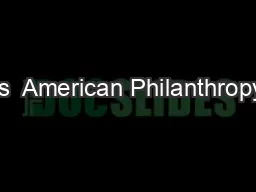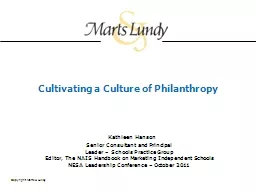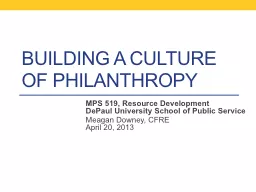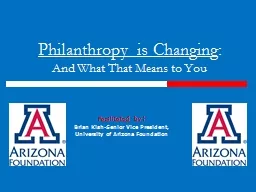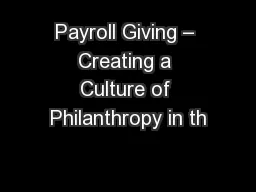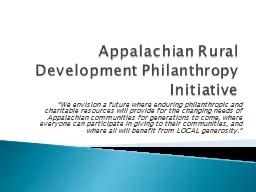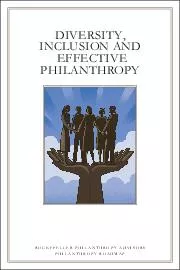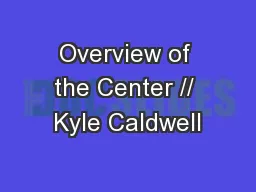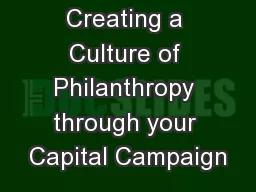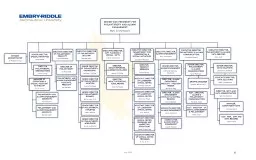PPT-Is American Philanthropy
Author : lindy-dunigan | Published Date : 2018-09-19
Making us Poorer The Benefits and Costs of Donor Advised Funds James Andreoni Univ of California San Diego and NBER What is a donor advised fund why should
Presentation Embed Code
Download Presentation
Download Presentation The PPT/PDF document "Is American Philanthropy" is the property of its rightful owner. Permission is granted to download and print the materials on this website for personal, non-commercial use only, and to display it on your personal computer provided you do not modify the materials and that you retain all copyright notices contained in the materials. By downloading content from our website, you accept the terms of this agreement.
Is American Philanthropy: Transcript
Download Rules Of Document
"Is American Philanthropy"The content belongs to its owner. You may download and print it for personal use, without modification, and keep all copyright notices. By downloading, you agree to these terms.
Related Documents

